With an education background in textile design, Elisa Strozyk’s signature design merges textile and furniture design, using wood to produce original textiles and objects. Her work is pushing the boundaries between 2D and 3D, hard and soft materials, switching meanings and categories. Elisa’s work has been shown at Milan Furniture Fair, Design Miami, and the Victoria & Albert Museum. She also received the German Design Award for her experimental designs, given by the German Design Council and the German Ministry of Economics.
In this third interview of Collectible Design Season by PAMONO X LARRY’S LIST, Elisa Strozyk shared about her number-one rule in designing collectible object or furniture, the sources of her inspirations, the commonalities she has observed among her clientele, and how an artwork she owns symbolizes a sensory and emotional memory of her textile background.
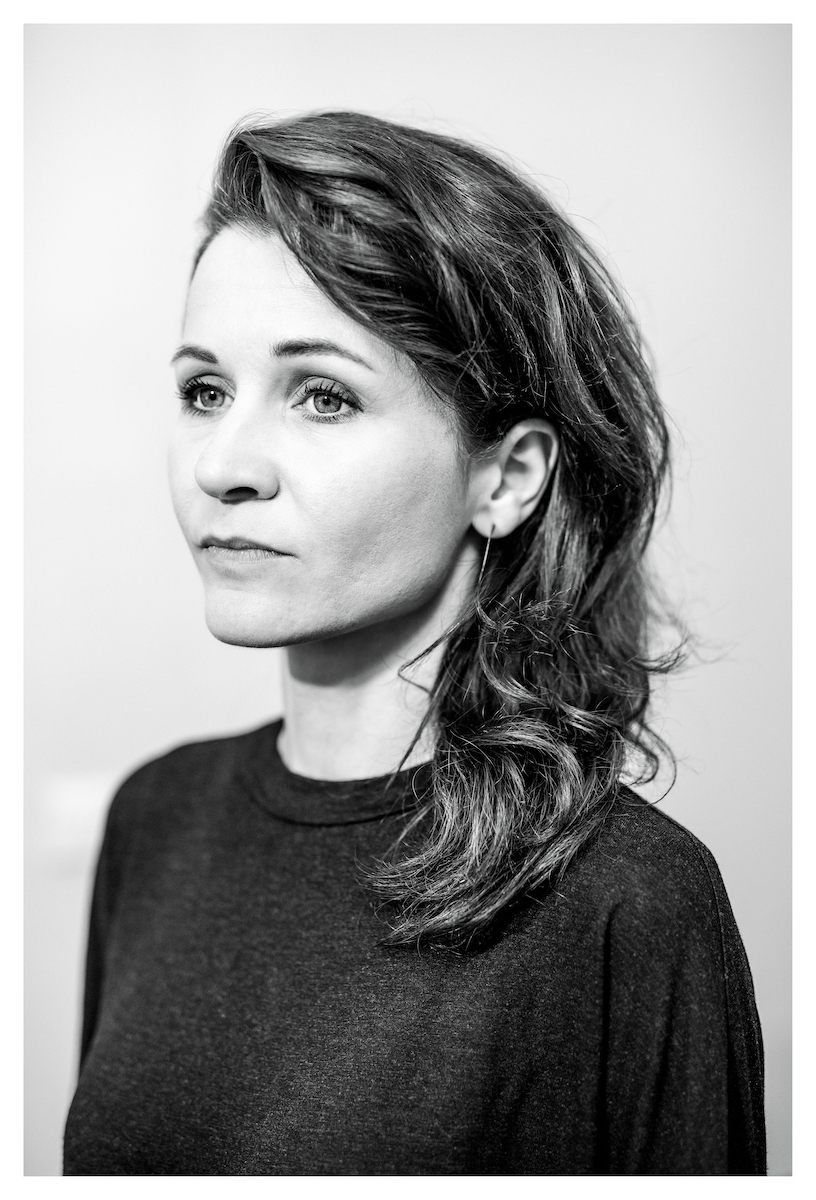
9 Questions with Elisa Strozyk: integrate a moment of surprise
What is your number-one rule when designing a collectible object or furniture?
To integrate a moment of surprise by using techniques or materials in an unusual way.
How did you develop the idea to merge wood with textile?
I have a background in textile design, and for me, it was a challenge to transfer textile properties to a solid material. Wood has fascinated me for a long time as it materializes in so many particular colors and patterns. Also, its origin as a naturally grown material which was once alive has inspired me.
My vision was to create a hybrid between textile and wood, challenging what can be expected from a material or category. Through testing and experimentation, I developed the processes to transform wood into a flexible wooden surface by its deconstruction into small pieces, which are then attached to a textile base. Depending on the geometry and size of the tiles each surface shows a different behavior regarding flexibility and mobility. Textile and texture come together in a universe of shapes.
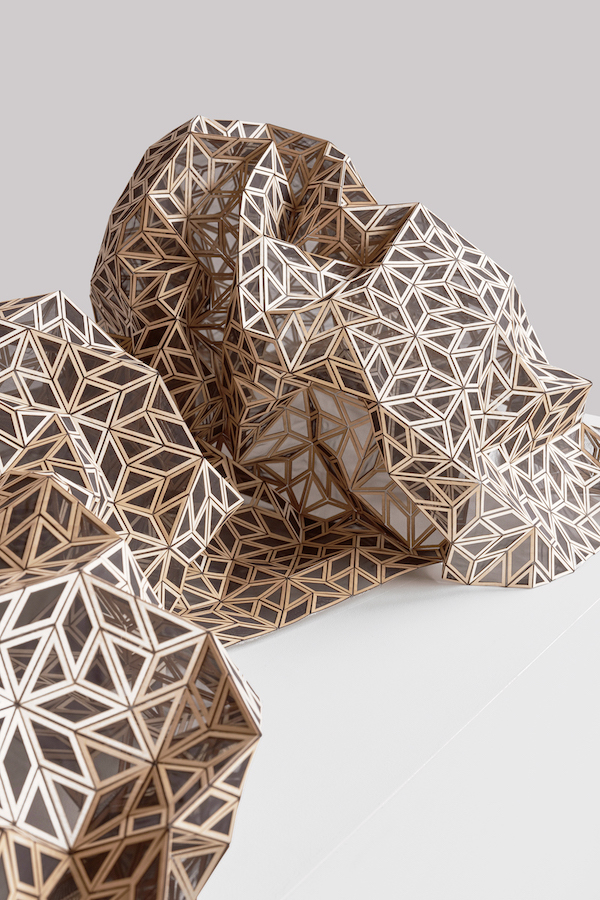
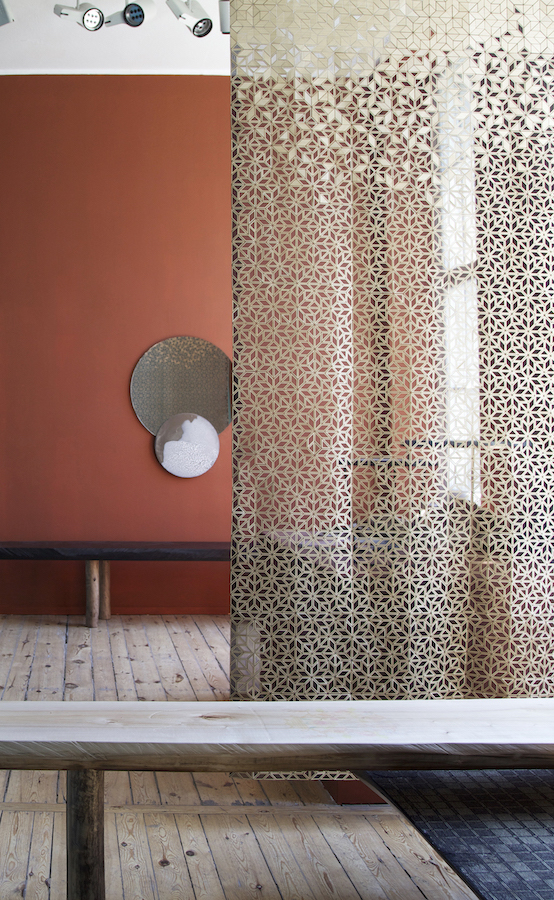
What do you think about the relationship between art and design? How much is your design influenced by modern or contemporary art?
Art and design influence and nourish each other. I think it’s helpful for designers to integrate a bit of the freedom, disorder, and revolt of contemporary art in their creative process. I studied Design at the KHB in Berlin where all the design students go through a fine-art-based apprenticeship. That enabled me to think outside the box.
My work is very sculptural and abstract, but still tangible and amenable. For me, it is important that the pieces are integrated into the personal sphere of its owner and that there is no generated distance between subject and object.
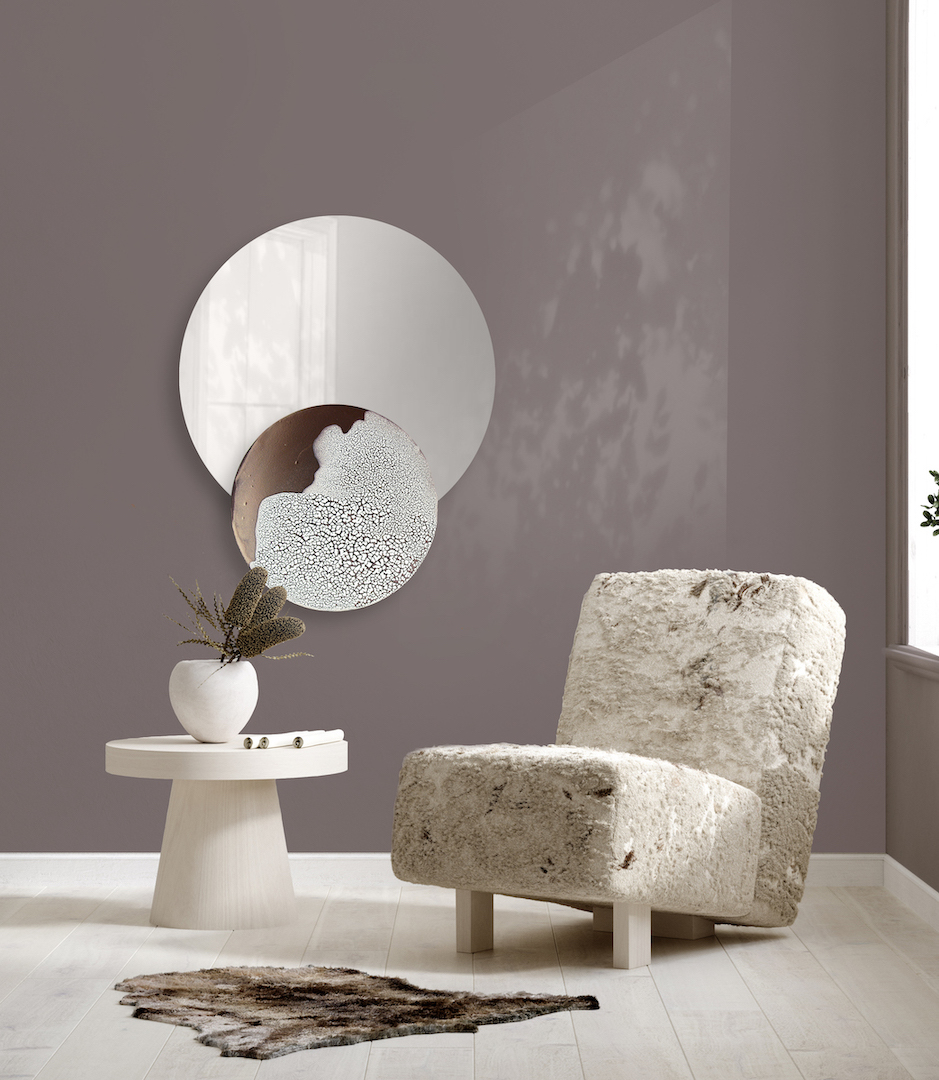
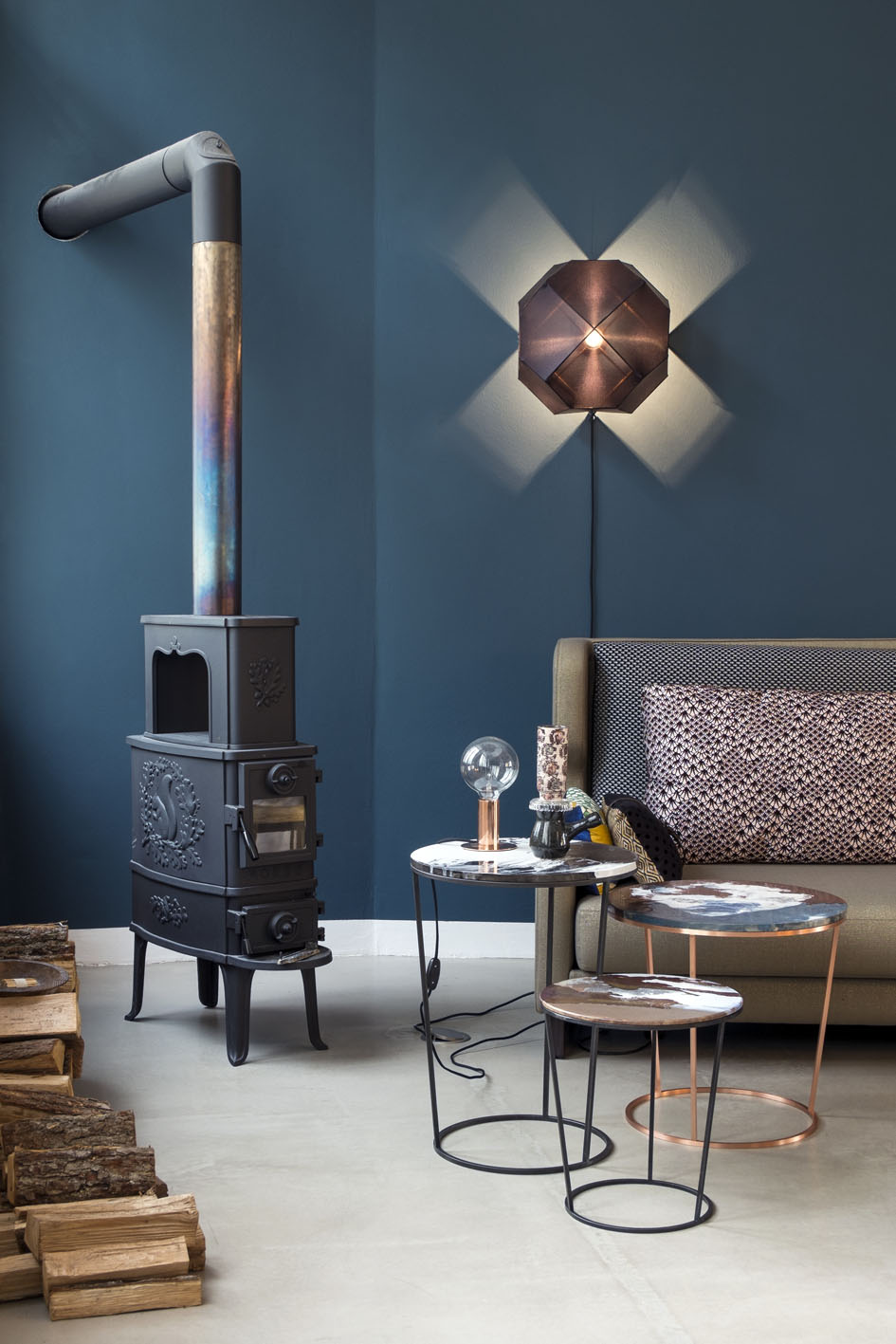
Where do you inspirations come from?
I am inspired by materials which are able to change their physical state. For the ceramic tables and mirrors, I use liquid glazes which pool and mix together under the influence of rotation and blown air to leave traces of fluid movement and smoke-like patterns, which are solidified in the heat of the kiln. The finished surfaces show traces of gravity, color flow and collide.
The wooden textiles have been inspired by photos of water-accidents on parquet floors. The water caused the wood to bend and move, and the result was a wave or mountain in the wooden floor. I am inspired by materials which seem to have their own will and behavior.
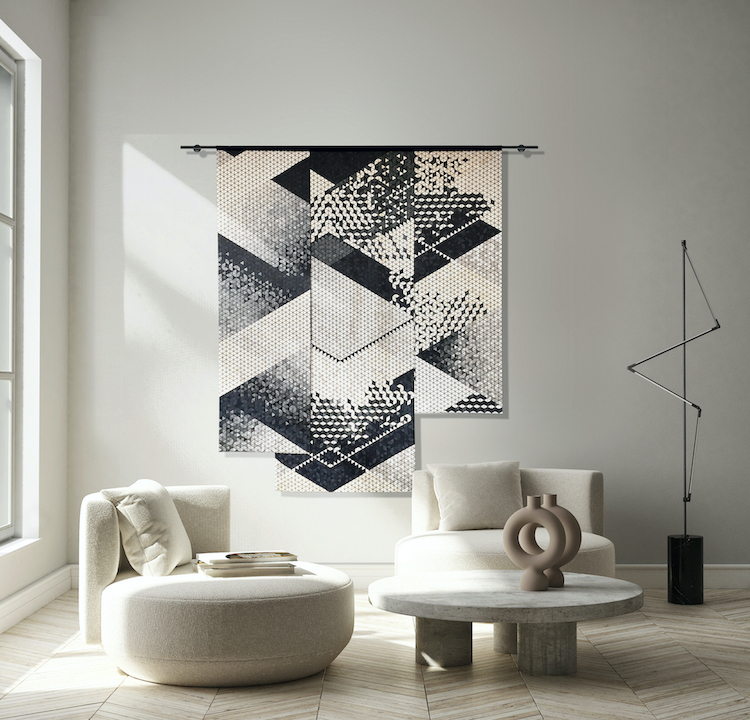
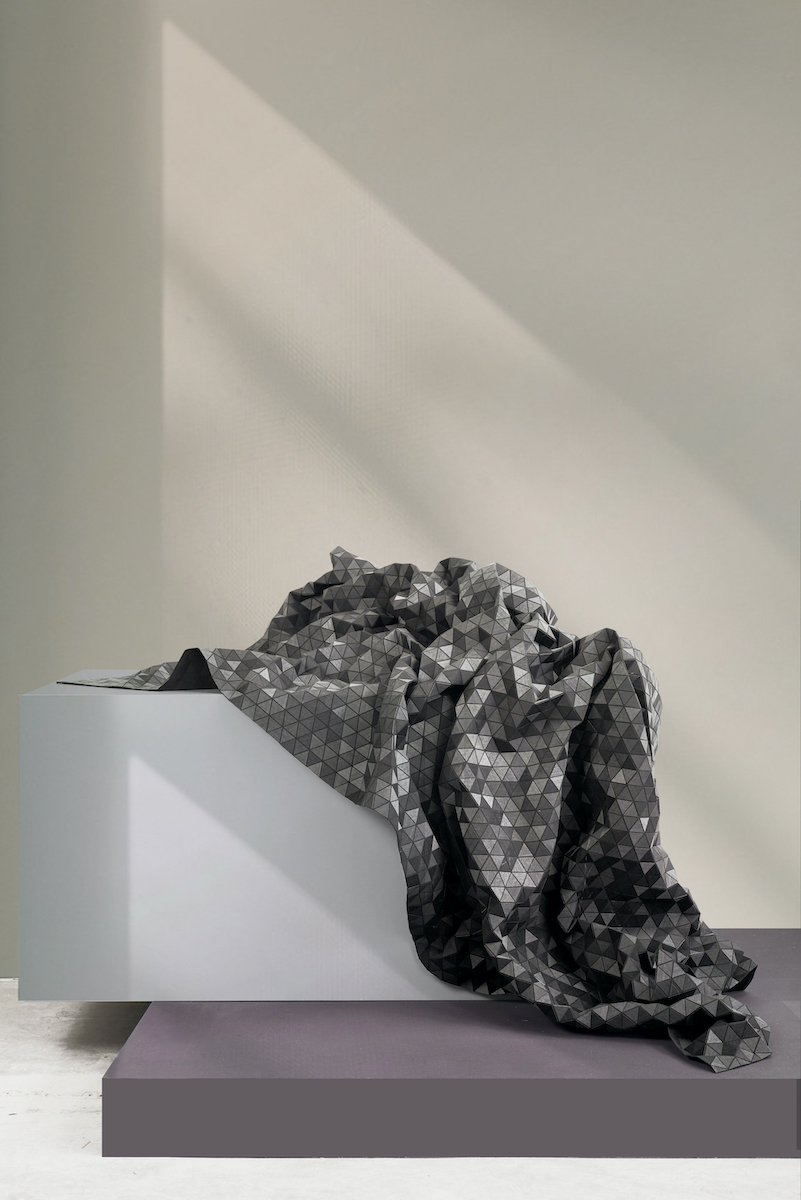
Nowadays, people discover a lot of creations digitally. When creating your works, do you consider how they would be perceived online, e.g. on Instagram or on platform like Pamono?
My work is driven by the experimentation with materials. I am creating tactile surfaces which are desirable to touch. Although it is best to experience the artworks in real live, the visual image also transports the intriguing haptic physicality.
I am not thinking about the scope of my work online in the moment of creation, but a unique design object also communicates through a digital image.
What is the most enjoyable and most challenging part as a designer?
The most enjoyable part besides creating things is to travel around the world for projects or exhibitions, to meet other artists and designers, to exchange experiences and ideas, and to celebrate design and art.
The most challenging part is to manage time and projects, sometimes all things happen at the same moment.

What commonalities have you observed among your clientele?
My customers are mostly people who also have a creative background and appreciate the high level of craftsmanship in my work. A suggestion of time and labor is embodied in its intricate process of creation.
They like work which coexists and expands beyond the confines of category and to rediscover textile design through the lens of art, craft, and material culture.
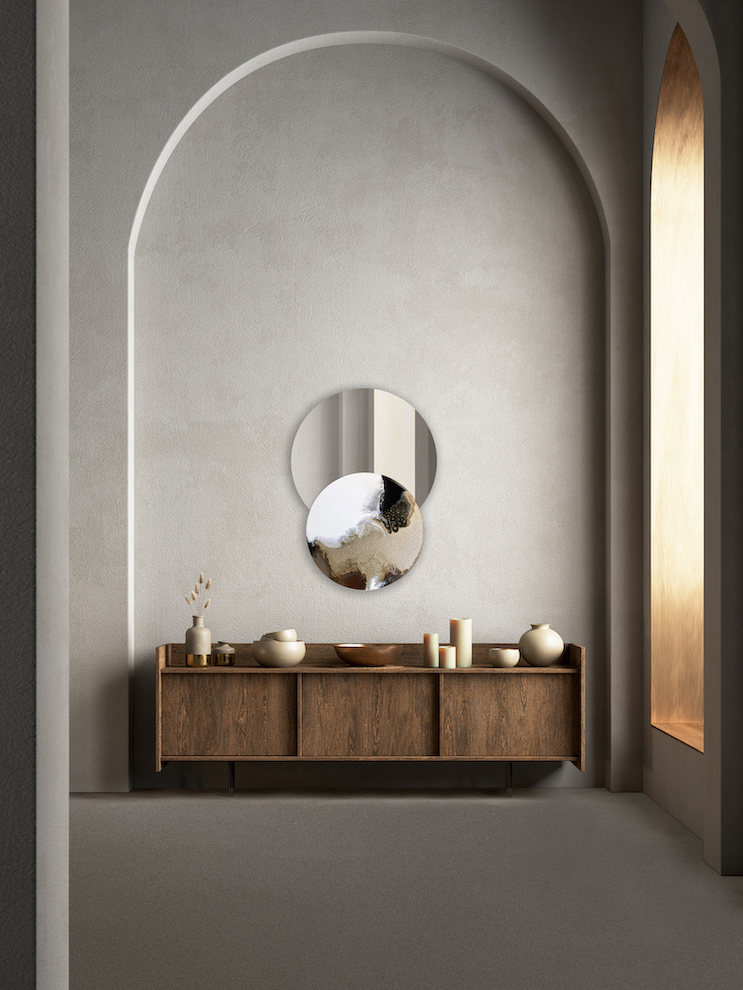
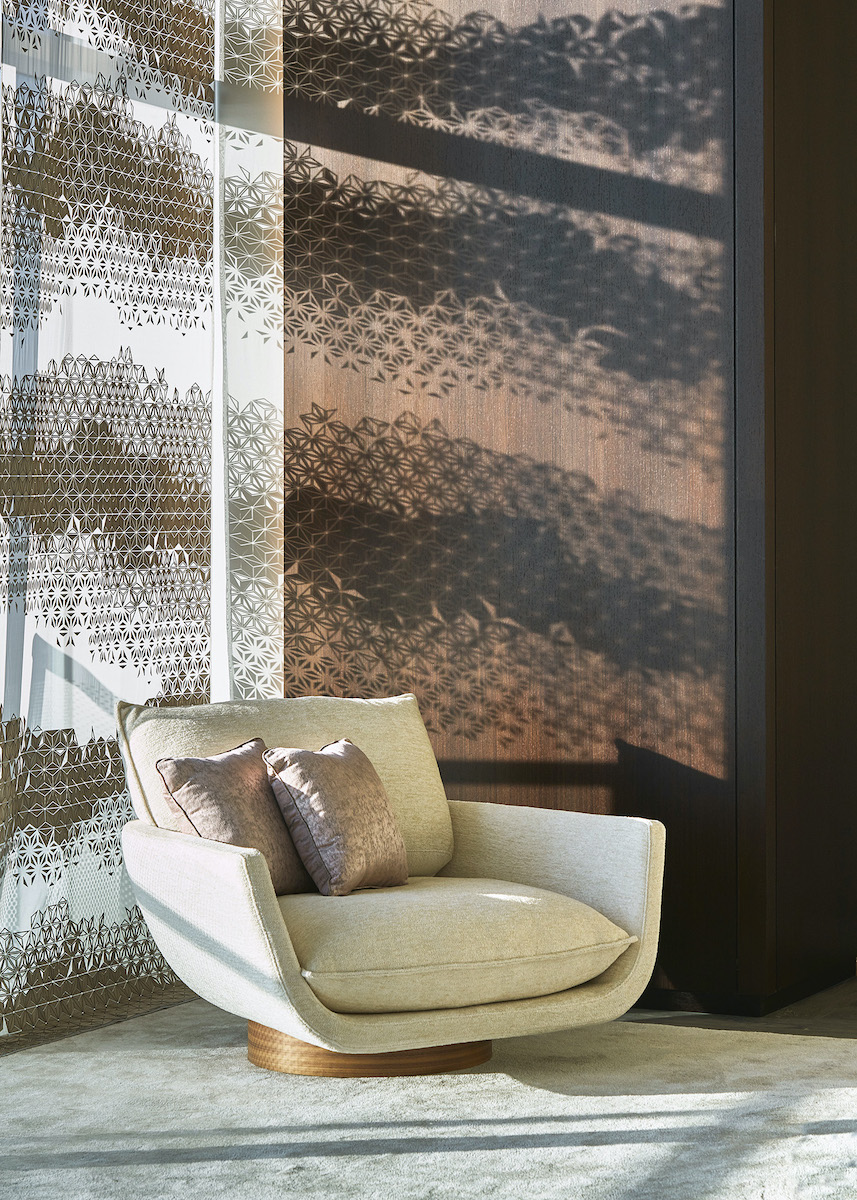
Which contemporary artists’ work do you imagine going well alongside your design a collector’s home?
I admire the humorous work of Sebastian Neeb. We have been connected for many years through work and also privately. Sebastian’s work also plays with our perception of material, and he creates his artworks on the highest level of various techniques and processes. He has always been a great source of inspiration for me.
What kind of artworks or collectible design pieces do you collect? What is special about your art and design collection? Which is your favorite piece?
I mainly collect work from designers which surround and inspire me. I love Zascho Petkow’s tabletops which are embossed with traditional textiles. The crochet patterns are disappearing into the heart of wooden solid surfaces.
Also, I own a “modular light” by Robert Hoffmann, where the light appears to be trapped within its geometrical cladding. One of my favorite pieces is a handwoven wall art by Soojin Kang, which is for me a sensory and emotional memory of my textile background.
Also, I collect the experimental and unique glassworks by Milena Kling, and hand-thrown delicate porcelain by Claudia Schoemig, which reinstate the beautiful, the pure, and the authentic.
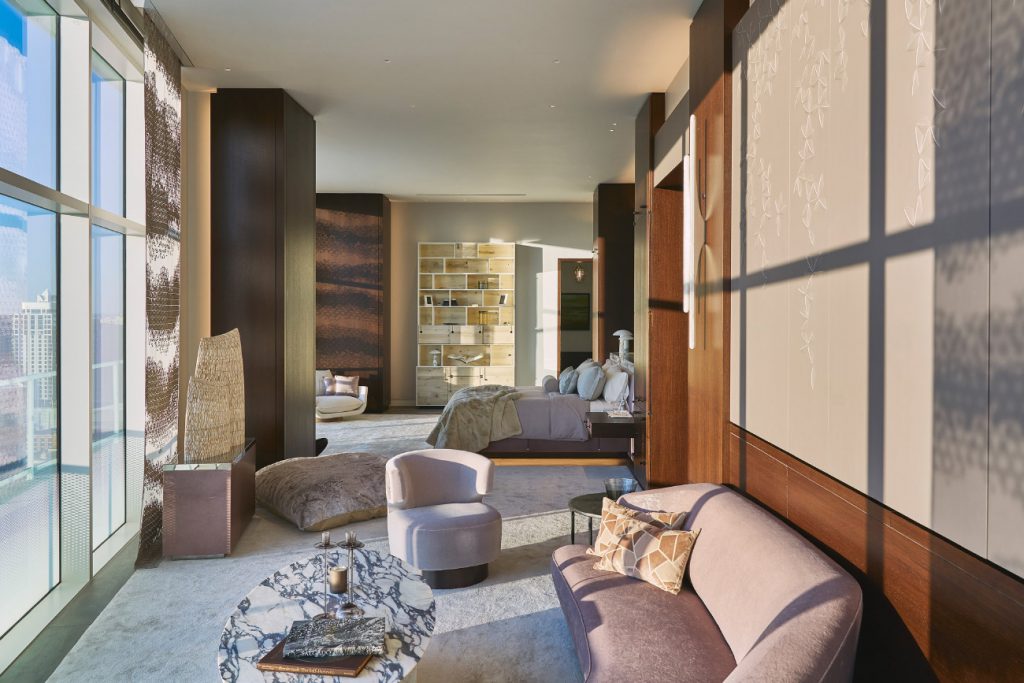
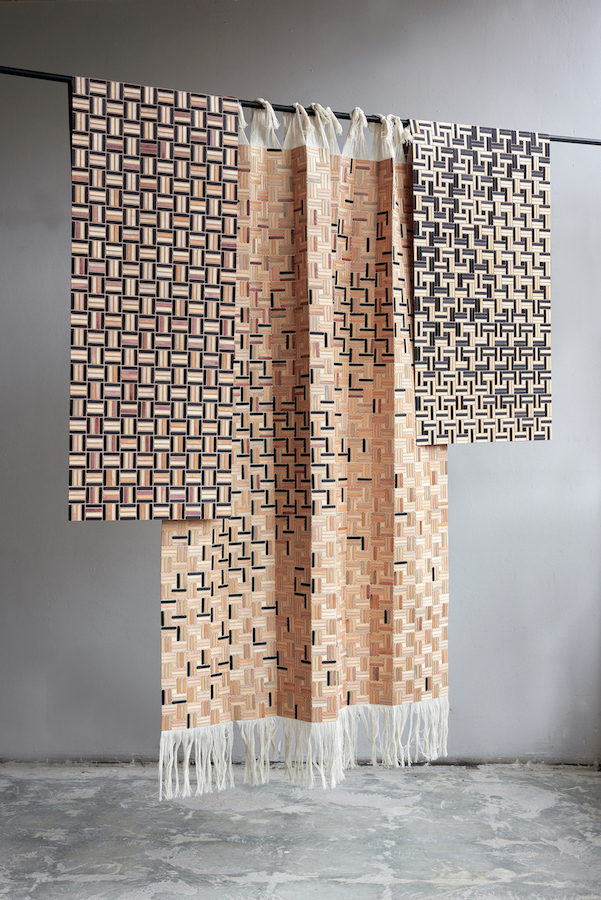
Check out Collectible Design Season on PAMONO
Related: Elisa Strozyk
Instagram: @elisa_strozyk





